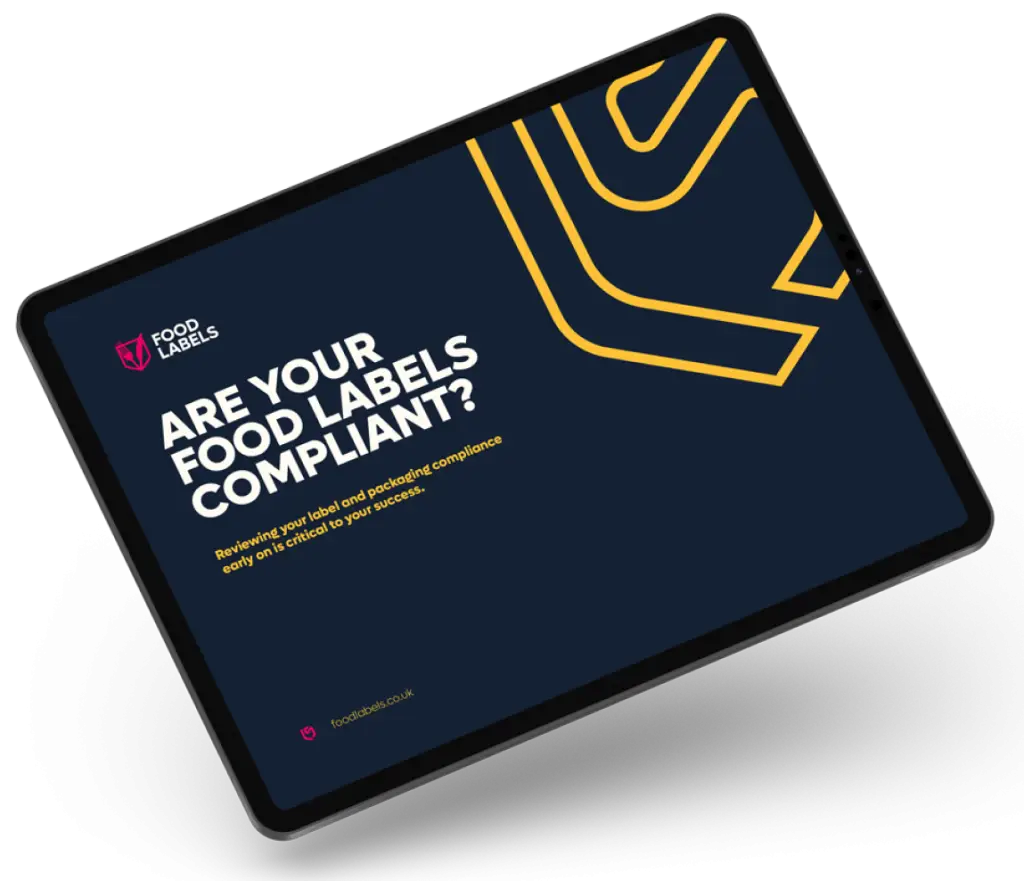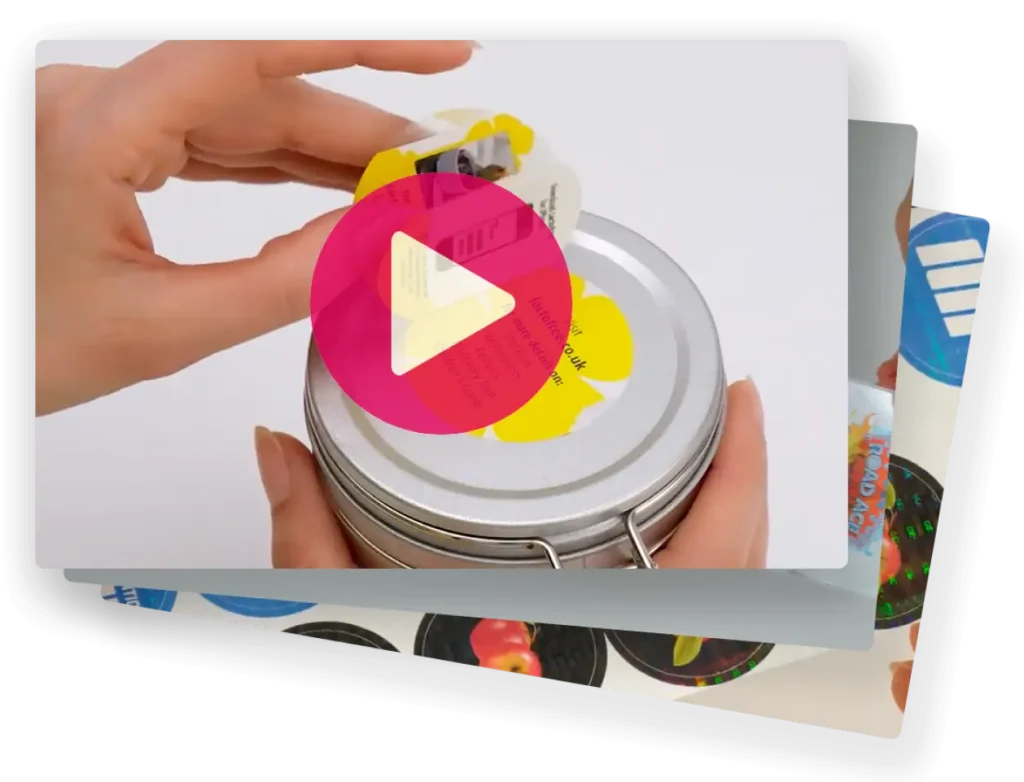Microwaveable labels FAQs
Microwaveable labels are specifically engineered to withstand the intense heat, steam, and moisture produced during microwave heating. Unlike standard labels, these labels remain intact without warping, peeling, or losing print quality, making suitable for food packaging and containers intended for microwave use.
Most microwaveable labels are made from durable materials like Polyethylene terephthalate ( PETP ) a glossy polyester film. This material is highly resistant to heat and moisture, can be printed using most methods and technologies, and can feature a surface treatment that improves overall print quality.
Microwaveable labels use high-performance adhesives and polyester films that securely adhere to containers, resisting the warping, bubbling, or peeling that can occur under high temperatures. The UV – acrylic adhesive maintains label integrity during microwave heating, making sure t hat labels remain readable and attached.
Microwaveable labels are food-safe. Materials like PETP comply with ISEGA standards, which means the y can be used in contact with dry, moist, and fatty foods . This certification guarantees that the label materials do not release harmful substances, and are ideal for use in food packaging of all kinds.
Microwaveable labels support a variety of printing methods but the primary ones are thermal transfer and laser printing (for high resolutions and durability) and screen, flexographic, and letterpress for better branding and clearer labels.
Yes, microwaveable labels are designed to withstand the rigors of sterilization and retort processes, which involve high temperatures and steam. Labels made from materials like PETP maintain adhesion and readability, even after exposure to extreme sterilization conditions.
Some microwaveable labels, such as those made with PETP and UV – acrylic adhesive, comply with BS 5609 Section 2 standards (indicating seawater resistance ) . These can be ideal for containers that are exposed to saltwater, mostly things transported via sea, and are suitable for use in outdoor environments.
Yes, microwaveable labels a re resistant to water, oils, and most household detergents. This makes them usable for any applications where the label encounter s chemical substances that would otherwise cause fading, peeling, or degradation.
For best performance and longevity, microwaveable labels should be stored in a cool, dry location away from direct sunlight. In some special use cases involving certain acrylics other storage precautions may be needed (Label service can provide you with further information, but this is usually not necessary ).
Microwaveable labels are ideal for food packaging (especially ready – to – eat meals and microwave – safe food containers), p pharmaceuticals (for medications that undergo sterilization), and industrial settings (labels that must resist exposure to oils, detergents, and high temperatures).



















